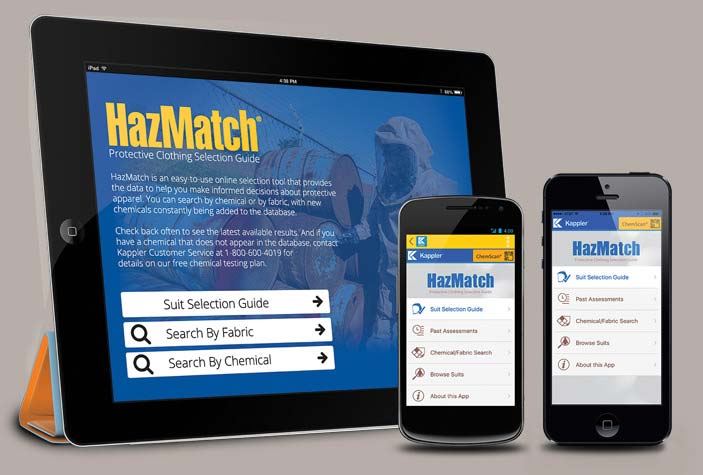Technical Data for Durachem® Products.
| Durachem 200: Thermal and Burn Testing | |
|---|---|
| Test Method | Result |
| Heat Transfer Performance (HTP) ASTM F2700 |
Spaced: 20.2 cal/cm2 Contact: 14.3 cal/cm2 |
| Flame Resistance ASTM D6413 |
Char length: 1.06 in Afterflame: 0.0 sec |
| Thermal Protective Performance (TPP) ISO 17492 |
13.9 cal/cm2 |
| Shrinkage/Heat Resistance ASTM F2894 |
8.0 %, 6.0% WARP, WEFT |
| Manikin Body Burn (Pyroman) ASTM F1930 Exposed Head, min - 6.56% |
6.56% predicted body burn |
| Heat Transfer - Molten Substances ASTM F955 |
Aluminum @ 1400 F: 19.8sec to 2⁰ burn 34.6⁰C increase Iron @ 2800 F: no burn 11.7⁰C increase Sulfur @ 302 F: no burn 9.5⁰C increase |
| Electric Arc Rating ASTM F1959 |
APTV = 13 cal/cm2 |
| Steam 302˚F @ 30 psi @ 2.4” University of Alberta (CAN/CSGB 155.20) |
6.8 Seconds to 2nd Degree Burn 19.8 Seconds to 3rd Degree Burn |
| Hot Water (185˚F @ 6L/min) @ 2.0” University of Alberta (CAN/CSGB 155.20) |
No Burn |
| Durachem 200: Comfort Testing | |
|---|---|
| Test Method | Result |
| Total Heat Loss ASTM F1868 Procedure C |
492.9 W/m2 |
| Evaporative Resistance ISO 11092 7.4 |
13.955 Pa-m2/W |
| Cold Temperature Performance ASTM D747 |
0.001 Nm |
| Water Vapor Transmission ASTM E96 |
3158 g/m2-24hr |
| Splash Chemical Testing* | |
|---|---|
| Chemical Penetration ASTM F903, Procedure C | Holdout Time In Minutes |
| Acetone | >60 |
| Acrylonitrile | >60 |
| Butyl Acetate | >60 |
| Dimethyl Formamide | >60 |
| Formic Acid (85%) | >60 |
| Fuel H | >60 |
| Hydrochloric Acid (37%) | >60 |
| Isopropyl Alcohol | >60 |
| JP8 | >60 |
| Methanol | >60 |
| Methyl Isobutyl Ketone | >60 |
| Nitrobenzene | >60 |
| Phenol (90%) | >60 |
| Sodium Hydroxide (50%) | >60 |
| Sodium Hypochlorite (10%) | >60 |
| Sulfuric Acid (93.1%) | >60 |
| Tetrachloroethylene | >60 |
| Toluene | >60 |
*Chemical penetration testing was conducted in accordance with ASTM F 903 Procedure C.
Note: These tests were performed in accordance with ASTM standards by independent laboratories. This data is derived from tests performed on material samples only, not finished garments.
| Durachem 500: Class 1 Chemical Test Battery* | |||
|---|---|---|---|
| Chemical | Class 1 Minutes | Class 2 Minutes | Criteria |
| Acrolein | >60 | >60 | >6.0 ug/cm2 |
| Acrylonitrile | >60 | >60 | >6.0 ug/cm2 |
| Ammonia | >60 | >60 | >6.0 ug/cm2 |
| Chlorine | >60 | >60 | >6.0 ug/cm2 |
| Diethylamine | >60 | NA | >6.0 ug/cm2 |
| Dimethyl Sulfate | >60 | >60 | >6.0 ug/cm2 |
| Ethyl Acetate | >60 | NA | >6.0 ug/cm2 | Sulfuric Acid | >60 | NA | >6.0 ug/cm2 |
| Tetrachloroethylene | >60 | NA | >6.0 ug/cm2 |
| Toluene | >60 | NA | >6.0 ug/cm2 |
| Durachem 500: Chemical Warfare Agent Data* | |||
|---|---|---|---|
| Chemical Agent | Class 1 Minutes | Class 2 Minutes | Criteria |
| Soman | >60 | >60 | 1.25 ug/cm2 |
| Distilled Mustard | >60 | >60 | 4.0 ug/cm2 |
| Durachem 500: Class 2 Biohazard Testing | ||
|---|---|---|
| Hazard | Method | Result |
| Blood/Viral | ASTM-F1671 | Pass |
*Class 1 chemical challenge levels are 20 g/m2 for liquids and 10,000 ppm for gases and vapors. Class 2 chemical challenge levels are 10 g/m2 for liquids and 350 ppm for gases and vapors.
Need A Specific Chemical Tested?
Know before you buy with Kappler's free testing program.
If you need to document a Kappler fabric against a specific chemical hazard not already in our database, we make it easy with a custom testing program. We'll conduct third-party testing on your chemical, and if the fabric meets your requirements you agree to purchase a standard minimum number of garments. For details contact Customer Service at 1-800-600-4019 or email us at customerservice@kappler.com.

Hazmatch Protective Clothing Selection Guide.
An selection tool that provides the data to help you make informed decisions about protective apparel.
Find Out MoreSources for all chemical test data are independent laboratories. All tests were performed under laboratory conditions and not under actual use conditions. Tests were performed on material samples, not actual garments. All chemicals tested at >95% concentration and 75° F, unless otherwise specified.

Y'all Call
The best protective apparel advice comes with a southern accent.
- Have suit questions?
- Need a chemical tested?
- Want a sample suit to evaluate?
Kappler garments are made with American pride in Alabama where the accent is always on quality.

